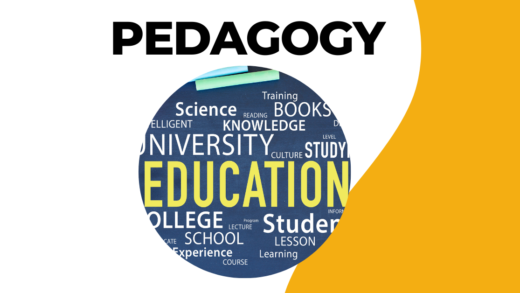Assessing students is comparable to trains and tracks. Imagine a train going to its destination. Think of a train leaving the station and heading toward its goal. Engineers routinely check the train and the tracks for any potential hazards to ensure the safety of the passengers. The train conductor makes a headcount to ensure everyone is safely on board.
What if one of the tracks is broken or misaligned? Can you imagine the danger ahead?
If the assessment is aligned with the learning goals, then it will be much simpler for teachers to impart the information to students that they need to know to be successful in their educational pursuits. What if it is not?
The role of assessment is changing. Presently, assessment is seen more as a tool to promote learning than to monitor it, so assessment is for learning. Seeking and analyzing evidence to help students and educators decide where they are, where they need to go, and how to get there is what we mean when we talk about assessment for learning (Utaberta & Hassanpour, 2012).
The misconception I had even before working as a teacher at the IB school is that assessment mainly measures students’ knowledge of a particular subject. I had no idea that the purpose of assessments is like a roadmap that educators and administrators need to figure out which techniques and resources will best help students to learn.
I’ve learned from my present school that we should decide on the learning outcomes first, which entail what we want our students to learn or achieve at the end of each unit, and from there, we plan how to assess students. After that, we create activities aligned with our learning goals and assessment.
Educators must decide what evidence will be gathered about students’ knowledge and skills in assessments. It is very traditional if teachers only assess certain areas without considering soft skills such as self-management, critical thinking, and communication skills.
Various assessment plans and strategies, such as observation and using rubrics rather than assessing students based on a paper and pencil test alone, will give educators more flexibility in determining what activities and teaching methods work best for their students. Educators can create authentic learning opportunities for students as well.
References
Utaberta, & Hassanpour. (2012, November 27). Aligning Assessment with Learning Outcomes – ScienceDirect. Aligning Assessment With Learning Outcomes – ScienceDirect. Retrieved October 30, 2022, from https://pdf.sciencedirectassets.com


Top site ,.. i will save for later !
Thank you so much!